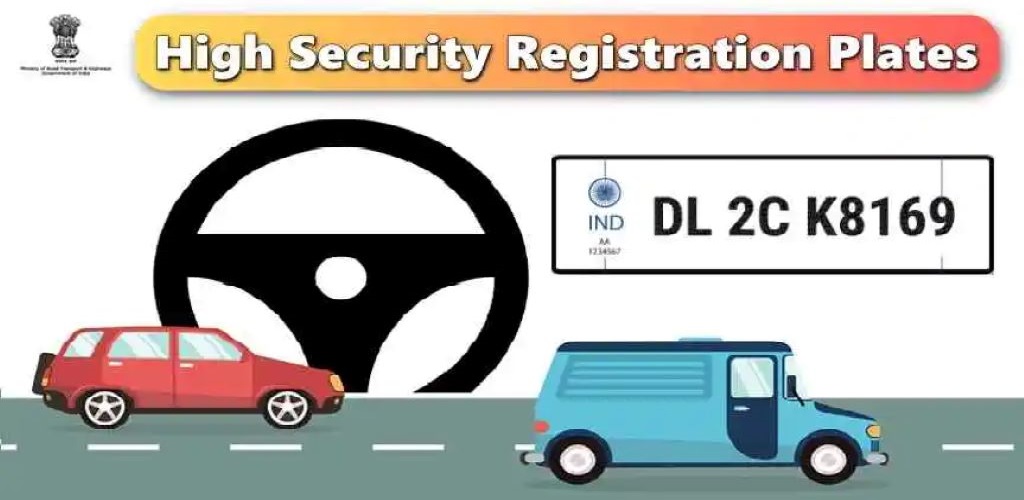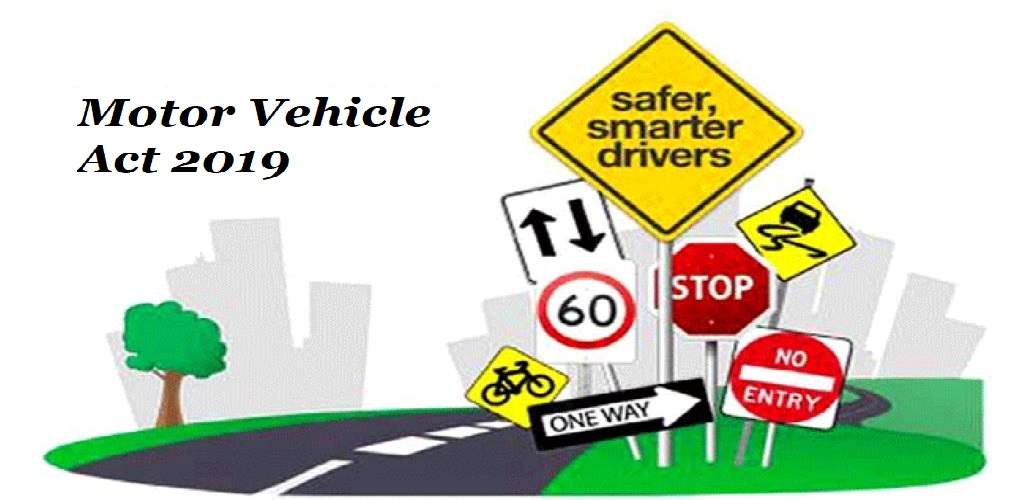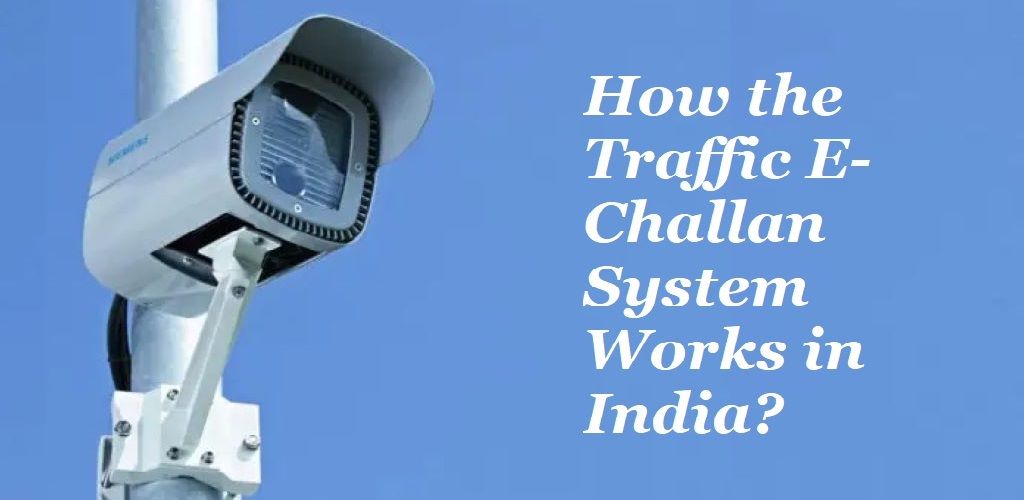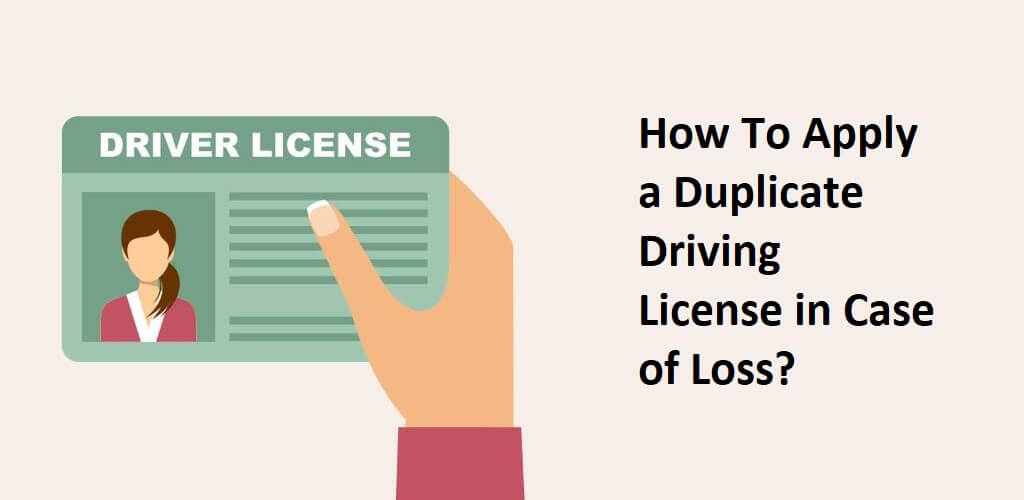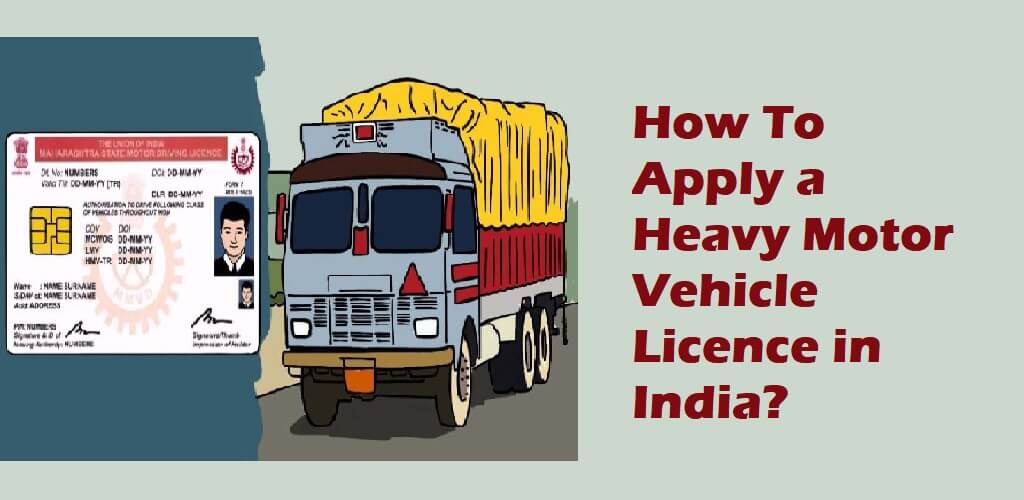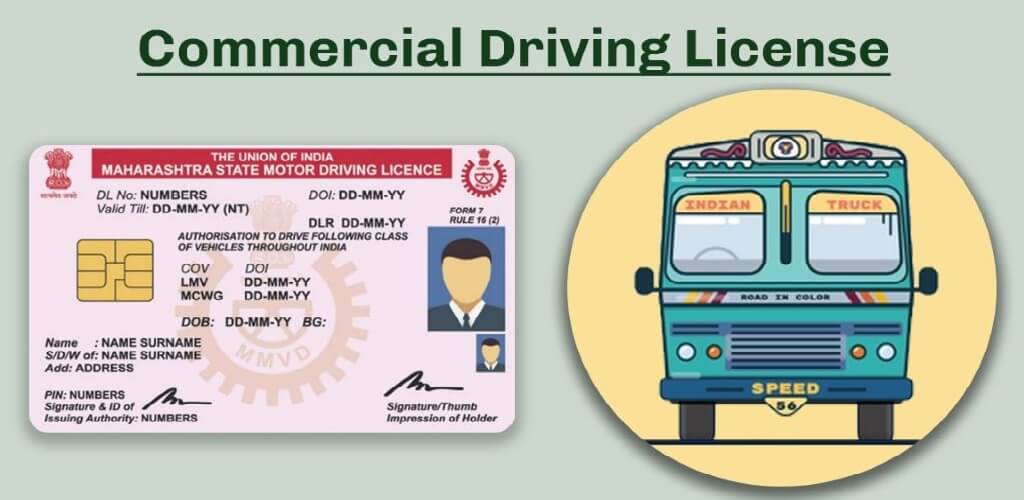With the help of a plethora of online platforms, the process of selling and buying vehicles has significantly become simpler over the years. One of the most important elements of the process is the transfer of vehicle registration to another person.
Upon successful registration, the vehicle owner receives an RC (Registration Certificate), which is proof of ownership. Therefore, when a vehicle owner transfers the ownership of his vehicle to someone else, he needs to transfer the RC too.
The process of vehicle registration transfer requires proper documentation. Additionally, the process may alter depending on whether the vehicle owner wants to transfer the RC to his home state or another Indian state. Read on to learn all the pertinent information regarding the paperwork, types, process, and other requirements of transferring a vehicle’s registration.
When Vehicle Registration Transfer Is Necessary?
The process of transferring vehicle registration is crucial in the following circumstances:
- Purchasing or selling an older vehicle
- Change in residential address of the vehicle owner
- Death of the owner
- One must transfer the registration if one desires a state’s number for a vehicle that is registered in another state.
- If an individual is purchasing a new vehicle but wants to keep his previous vehicle’s licence plate, he must transfer the registration to the new vehicle.
Types Of Vehicle Registration Transfer In India
RC transfer procedure in India may be divided into two broad categories:
- Within The Same State: Here, the RC transfer procedure happens inside the boundaries of an Indian state. For example, Mr. Ramesh sold his car in the state of Maharashtra after having it registered with an RTO in Maharashtra.
- Interstate (Outside The State): When a vehicle is sold in one Indian state after being registered in another, there is an interstate RC transfer. For instance, Mr. Kumar sells his car, which was previously registered in a Maharashtra RTO, to a Gujarati owner who would register it in a Gujarat RTO.
Vehicle Registration Transfer Process Within A State
Let’s check out the process of vehicle registration transfer within a state under the following circumstances:
- In case the vehicle is purchased by someone
When a vehicle owner sells his vehicle to another individual, this is referred to as a normal sale or regular sale. The ownership and RC of the vehicle must therefore be transferred to the new owner. The transferor must give the RTO Form 29 to accomplish this. Within 14 days of the vehicle transfer, the transferee must file Form 30 to the RTO.
- If the vehicle’s owner is deceased
If the prior owner of the vehicle has passed away, the new owner must complete Form 31 and submit it to the registration authority. Within three months of assuming possession of the vehicle, the new owner must complete the ownership transfer form. According to Rule 81 of the Central Motor Vehicles Rules, the new buyer is required to pay all applicable fees that are assessed by the registering authority.
- If the vehicle is bought at a public auction
The ownership transfer needs to be submitted using Form 32 if the vehicle was bought at an auction supported by the federal or state government. Within 30 days of the vehicle’s acquisition, the paperwork must be submitted to the appropriate registering authority. Rule 81 of the Central Motor Vehicles Rules stipulates that the buyer of the vehicle must pay all fees assessed by the registering authorities.
Documents Required For Vehicle Registration Transfer Within A State
Here is a list of the documentation required for the vehicle’s RC transfer as part of changing car ownership.
| Normal Sale | Sale Due To Owner’s Death | Sale At Public Auction |
The list of supporting documents for Form 1 is provided below:
|
|
|
Vehicle Registration Transfer Process Outside A State
For the procedure for moving a vehicle’s registration from one state to another, the entire process has been explained in detail below:
- Get A NOC (No Objection Certificate) From Bank: To obtain a NOC from the bank, the vehicle owner would first need to get in touch with them if he had taken out a loan to purchase the vehicle. Visit the bank in person and provide the essential information, such as a copy of your new address proof and your reason for relocating. The bank will next examine the transfer application, and if all the supporting documents are valid, they will issue the vehicle owner a NOC.
- Get NOC From RTO Office Where The Vehicle Is Registered: The next step after getting the NOC from the bank is to get a NOC from the regional transport office where the car is registered. For instance, Mr. Aggarwal would want a NOC from the Mumbai RTO if he was transferring from Mumbai to Bangalore. Along with the copy of the NOC the owner received from the lender, he must send Forms 27 and 28.
- Re-Register The Vehicle: After the successful transfer of the owner’s vehicle, he will need to take the necessary measures to get it re-registered in the new state. The majority of the country’s Regional Transport Offices give the owner six months to complete the registration process.
Documents Needed For Interstate Vehicle Registration Transfer
For transferring vehicle registration out of the state, the vehicle owner should keep the following documents handy:
For Obtaining NOC From RTO Office
- NOC application
- Certificate of registration, tax slip, insurance document, and current emission test certificate
- Original chassis imprint of the vehicle
- Some copies of CMV Form 28
For Re-Registering The Vehicle
- Original RC copy
- Copy of insurance of the vehicle.
- Copy of the NOC received from the bank, RTO, and the police department.
- Form 29-30
- Emission test certificate
- Photo ID and address proof
How To Receive Road Tax Refund In The Process Of Vehicle Transfer?
If the vehicle owner has relocated to a different state after paying the tax in the prior state, has re-registered the vehicle and has paid road tax in the new state, he will be qualified for a road tax refund.
To apply for a road tax refund, he must go to the RTO in the new state. The following papers are required for the procedure:
- Tax refund application
- RC copy with latest registration number
- RC copy with previous application number
- Self-attested RTO Form 16
- ID and address proof
- Insurance certificate with new registration number
Online Process Of Vehicle Registration Transfer
The steps for online vehicle registration transfer are listed below:
- Visit the Vahan website.
- Select “Online Services” from the menu and then choose “Services Related To Vehicles”.
- Select your state by clicking the link and then enter the registration number for the vehicle.
- Now click on the “Proceed” Button.
- Simply select “Basic Services” and enter the engine chassis number for the vehicle.
- Now the vehicle owner needs to enter his cell phone number to generate an OTP and fill it in the relevant field.
- Select “Show Details” and pick the desired service.
- On the following page, enter all the pertinent data. Also, upload all the necessary documents needed for the vehicle registration transfer. When all the documents are uploaded on the site, there is no need to visit the RTO office.
- Now, from the payment gateway, pick a practical payment option and select “Continue”.
- Make the payment online. The vehicle owner will get a receipt if the payment is successful. Print off the receipt for the records.
Frequently Asked Questions
When an agent is involved, the transfer process typically goes more quickly. However, since you can comprehend the various laws and regulations, it is advisable that you yourself finish the process.
There are two different sorts of registration certificates: temporary and permanent. The temporary one has a duration or validity of only one month. The next step is to make the transition to a permanent one. A long-term or permanent RC has a 15-year duration and a five-year renewal period.
Before selling a vehicle, the loan must be paid off. A No Objection Certificate (NOC) from the bank is required before you may sell the car with an outstanding loan. If you have a unique requirement, you can talk over the details with the bank offering the loan.
The costs for RC transfers differ amongst Indian states. For detailed costs, speak with the nearby RTO.
Depending on the RTO and the complexity of the transfer, it may take one to four weeks to complete the RC transfer.
The step of transferring ownership must come after the vehicle hypothecation process.
By going to the Parivahan website, you may find out the status of your vehicle registration transfer.
Ideally, you ought to hold off until the RC transfer procedure is finished. Transferring car insurance is another step in the ownership transfer process. You can discuss the matter with your favourite online car insurance company if you want to get a different car insurance coverage for the respective purpose.


